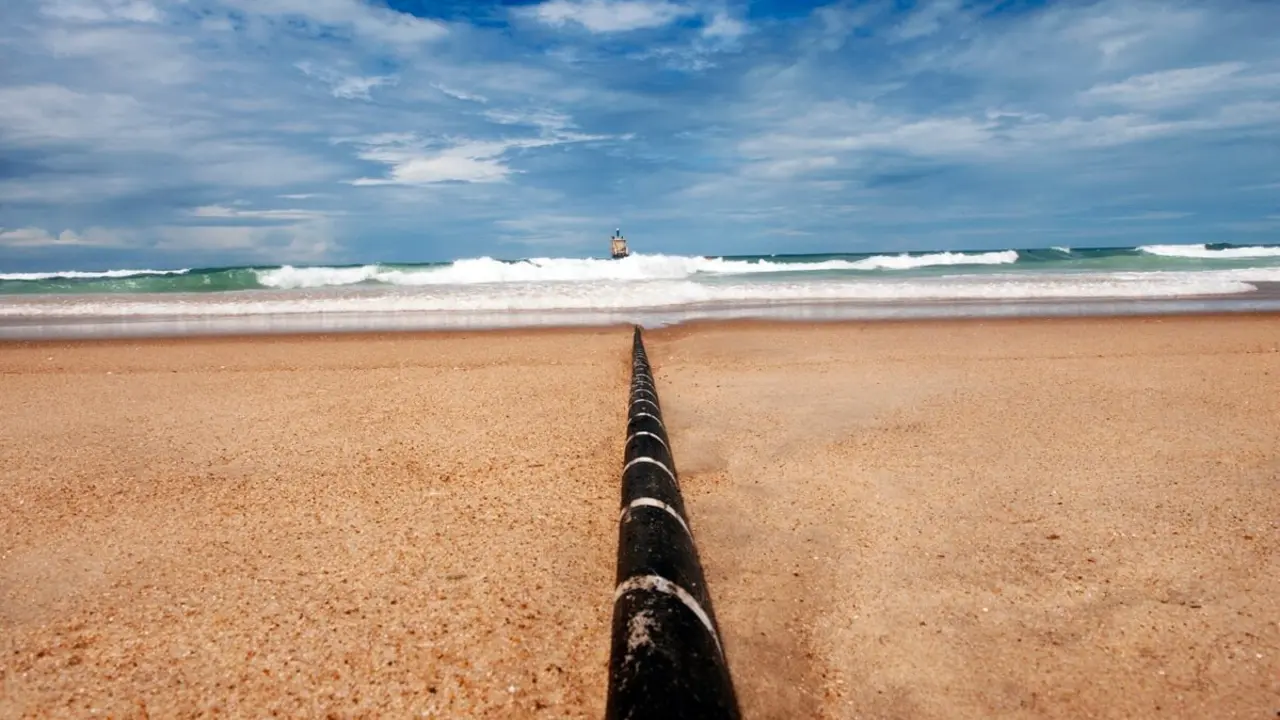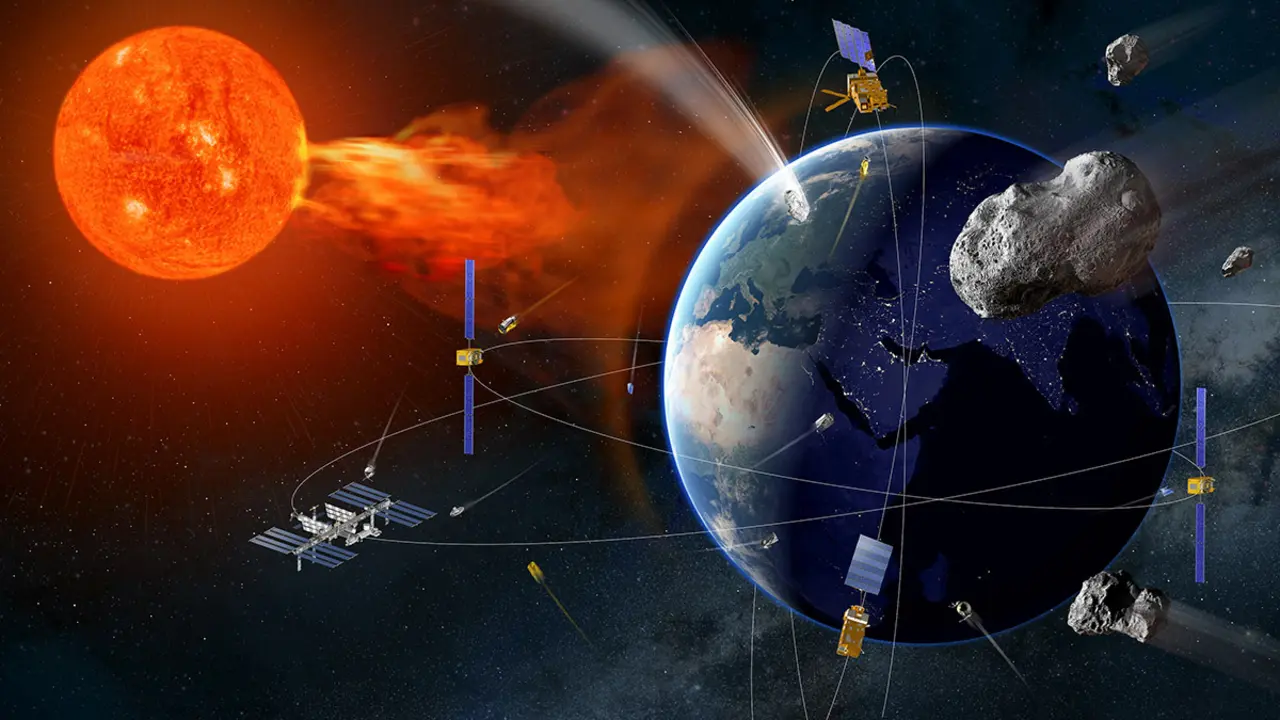Space fever reaches the sands of Oman and the arctic ice of Sweden and Norway

From the torrid sands of the Arabian Peninsula to the frozen lands of the Arctic, there has been a surge of public-private interest in building new infrastructure for launching rockets into outer space.
The rush to build new launch sites is driven by the rise of the so-called New Space, a business management model that has emerged from the entry of entrepreneurs into the space sector. Based on novel low-cost mass production models, the newcomers predict the emergence of a large market for small commercial launchers, attracting both public and private funding.
Such enthusiasm is having an impact, for example, in nations more than 5,000 kilometres apart - some 16 times the distance between Madrid and Valencia - but linked by a desire to diversify their economies based on oil, gas and mining. This is the case in the Sultanate of Oman, in the south-eastern corner of the Arabian Peninsula, and also in the far north of Europe, in Sweden and Norway.

Senior officials in all three nations are aware that the space industry alone is not capable of replacing the enormous value creation generated by the oil or mining industry, but it will at least be an important part of the solution. In the case of the two Scandinavian nations, both the Stockholm and Oslo governments are committed to expanding and upgrading their veteran launch infrastructures from the 1960s.
Both are located near the Arctic Circle and have so far been used to launch small scientific research sounding rockets. But now they want to go much further. Norway, with a vision for the future, wants to position itself at the forefront of European New Space, and has just taken an important step in the commercial launch services segment.

Norway's Andøya and Sweden's Kiruna space base
Crown Prince Haakon inaugurated on 2 November the refurbished Andøya Space Centre, an ambitious project to establish Europe's first launch base for micro-launchers to position small, mini and nano satellites in low Earth orbits.
Located some 300 kilometres inside the Arctic Circle and with more than 1,300 sounding rockets fired from it, the Andøya space centre now aims to attract companies developing commercial micro orbital launchers. It has already established agreements with German companies Isar Aerospace and Rocket Factory Augsburg (RFA) for Andøya to be the starting point for rockets to launch national and international customers' satellites into orbit.
The initiative was launched in June 2020 by then Prime Minister Erna Solberg, who shaped a new national space strategy. Based on three pillars, Norway's aspirations are to meet the needs of domestic users, strengthen the nation's space security and promote a strong and profitable space industry, of which Andøya is one of the pillars.

Neighbouring Sweden has not lagged behind, quite the contrary. Before Norway, on 13 January 2023, King Carl Gustaf of Sweden, his prime minister since October 2022, Ulf Kristersson, and the president of the European Commission, Ursula von der Leyen, inaugurated Kiruna, the first orbital launch complex positioned at the northernmost continental tip of the European Union. Spain's Josep Borrell was one of the EU officials present.
The Stockholm government, with funding from the European Space Agency (ESA) and the European Union, has reconfigured and expanded the so-called European Space Rocket and Sounding Range in Kiruna, which is operated by the Swedish Space Corporation (SSC) and from where sounding rockets have also been launched for more than 60 years.

First Arab spaceport in Oman
Spain is directly linked to the Kiruna space base. In early 1966, the SENER company won an international competition to design and build a launching tower for sounding rockets in Kiruna. It had been proposed by the then European Space Research Organisation (ESRO), which in 1975 became ESA.
The first launch from the SENER tower took place on 19 November 1966. Since then, more than 600 shots have been fired for microgravity, atmospheric, astronomical and geomagnetic studies of the Earth's geomagnetic field. The last was on 24 April with the Brazilian-designed VSB-30 rocket (Texus-58 mission), which reached an altitude of 250 kilometres with 387.4 kilos of experiments. Themis, an Airbus recoverable rocket demonstrator, is scheduled to fly from the Swedish base later this year.

Sweden and Norway are competing to be at the forefront of European New Space and to take over launches to space from latitudes in the High North, which until a few years ago were carried out by Russia from one of its missile submarine launchers in the Barents Sea. The war in Ukraine and the reciprocity of sanctions between Brussels and Moscow have scuppered this possibility.
Oman has a project underway to build what would be the first Arab rocket launch centre in the Middle East. The site chosen is Etlaq, on the Indian Ocean coast, near the commercial port of Duqm - some 550 kilometres from Muscat, the country's capital - where the Spanish company Técnicas Reunidas is finalising the construction of a new refinery for the production of clean fuels.

The Etlaq rocket centre is part of the Sultanate's space programme for the decade 2023-2033. Its political driver is the Minister of Transport, Communications and Information Technology, Saeed bin Hamoud al-Mawali, who visited India in August to enlist the support of its space agency (ISRO).
The business component of the future Etlaq spaceport is led by the National Aerospace Services Company (NASCOM), which has the support of the British engineering company UKLSL, in which the Spanish company Elecnor Deimos Space participates. The Middle East Space Conference has been organised for next January in Muscat, with the aim of finding technological partners with which to realise what would be the first space centre in the Arabian Peninsula.











